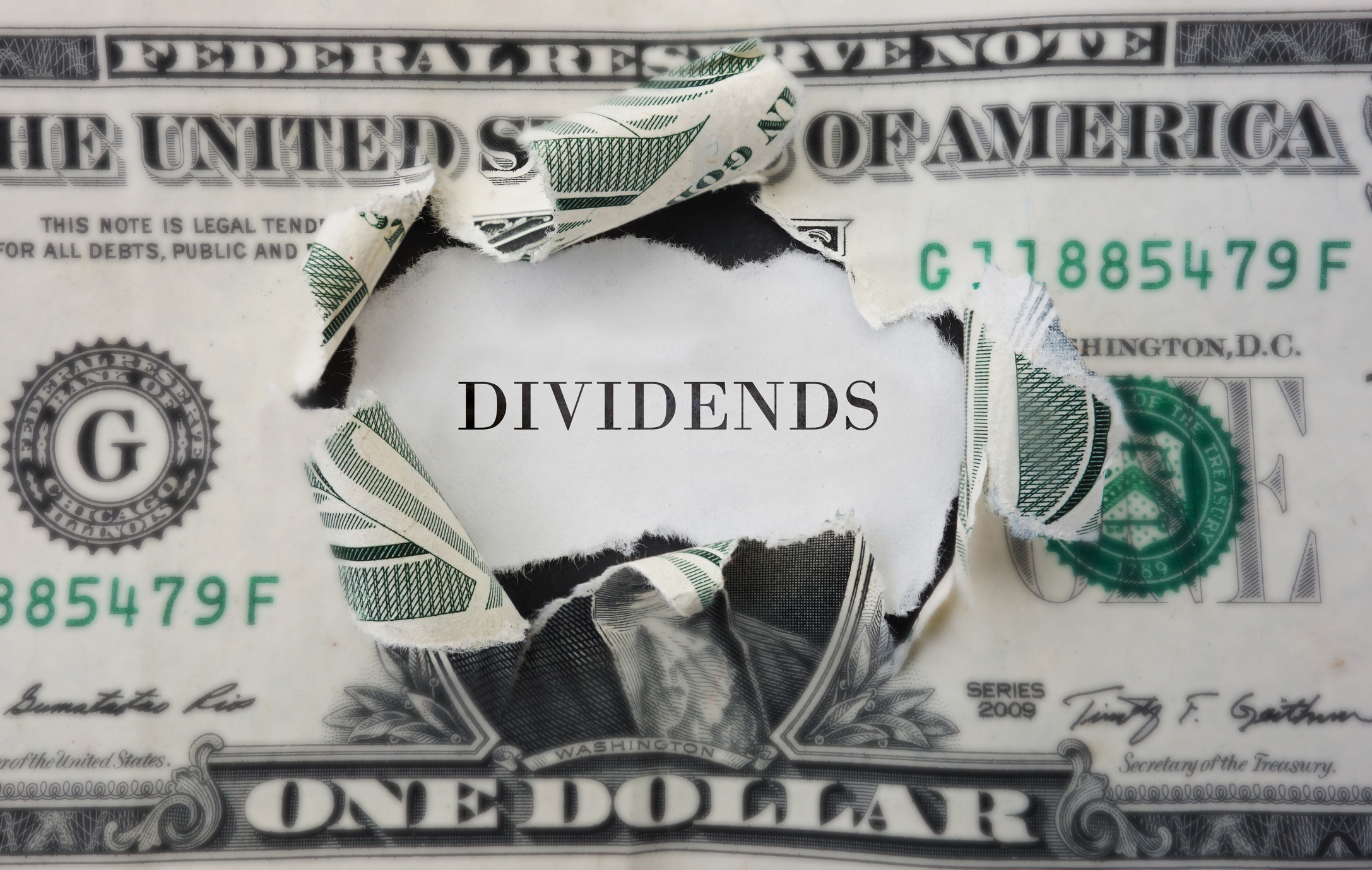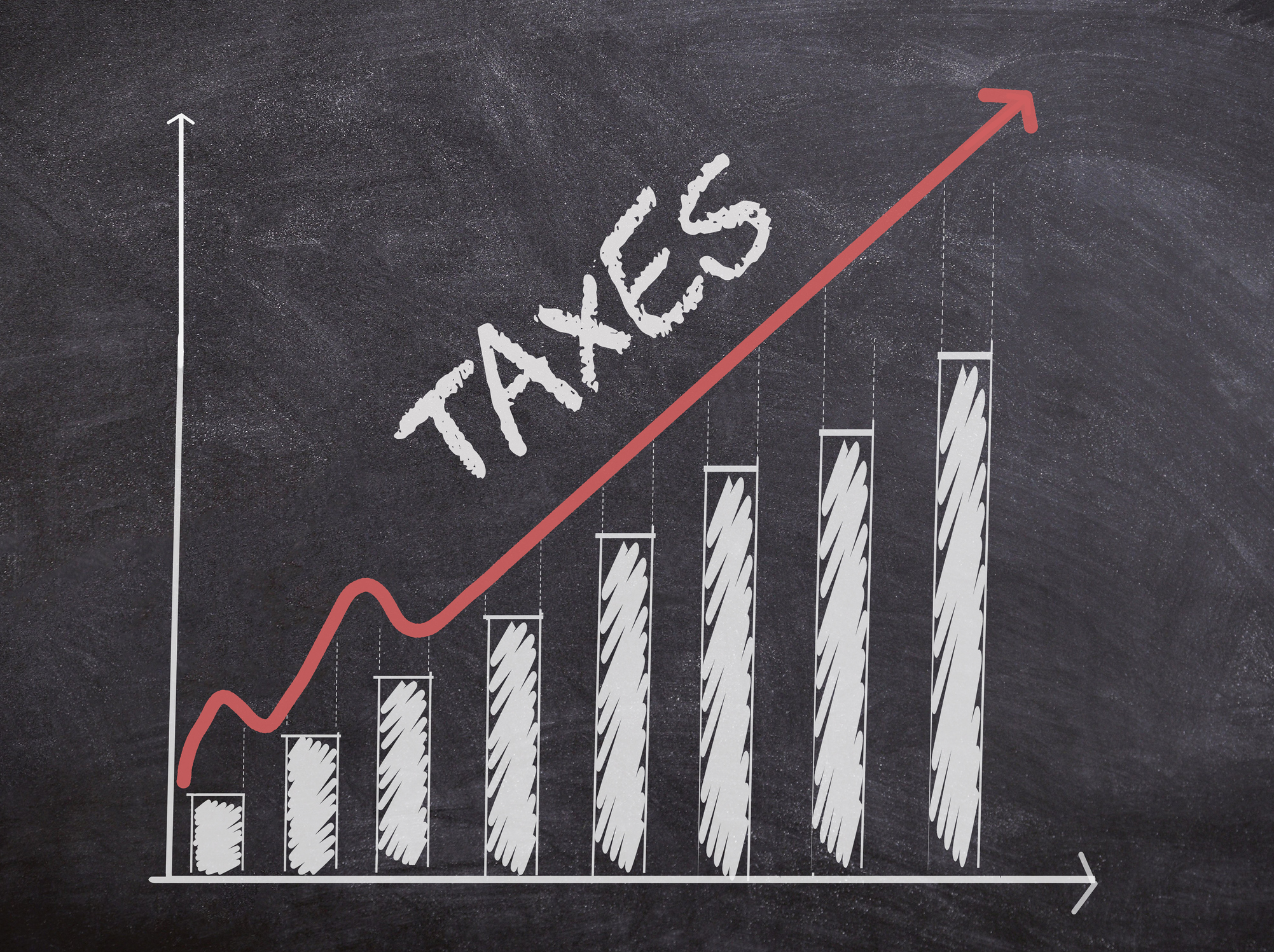Marginal tax rate applies only to the portion of your income that falls within your highest tax bracket -- not your entire income. So, even if your taxable income falls into the highest bracket, not all your income is taxed at that level. Instead, the tax rates climb progressively as your income expands into the next bracket. Even if your marginal tax rate is 37%, your effective tax rate will be lower because not all of your income will be taxed at a 37% rate.
History of tax rates
Reintroduced in 1913, the federal income tax was designed to be progressive. That means people with higher incomes would pay higher tax rates.
When it was launched, for example, an average tax rate of 1% was applied to the poorest households; income above $500,000 (roughly $16 million in 2025 dollars) was taxed at a rate of 7%. Given that the average per capita income was $333, only 0.8% of Americans paid any federal income tax at all.




















